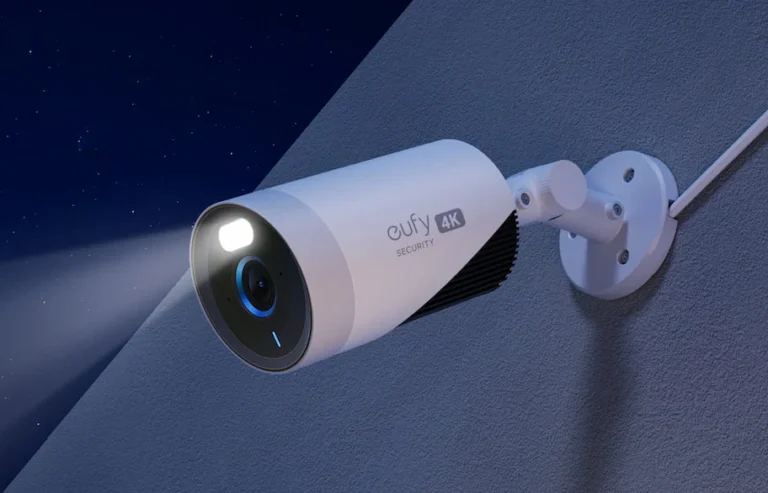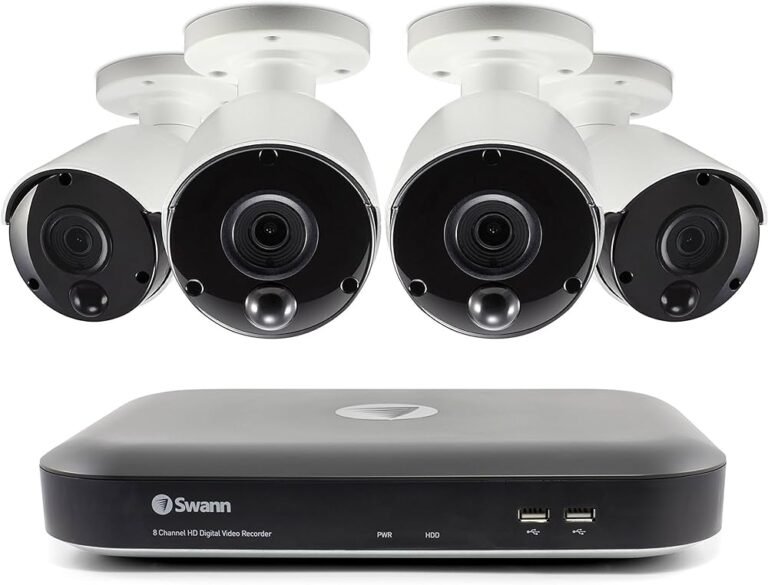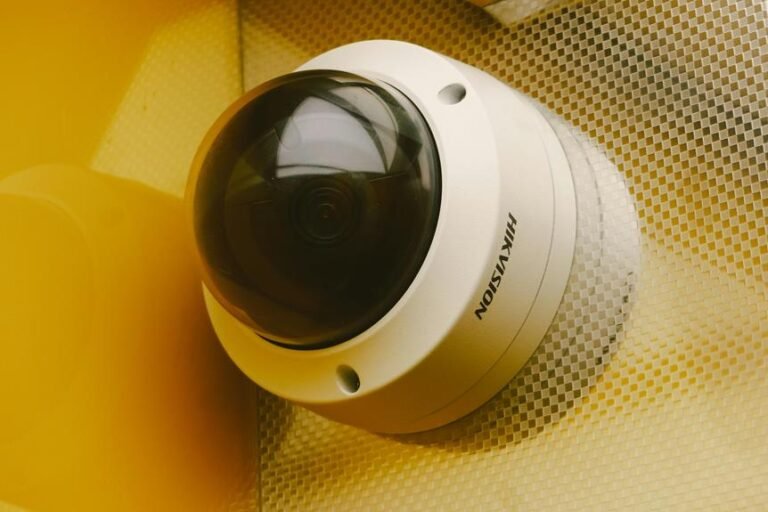Fixing No Video But Camera LEDs On

If your camera’s LEDs are on but there’s no video, start by checking all connections. Verify cables are secure and ports are clean. Next, confirm you have the latest camera drivers and reinstall them if necessary. Inspect software settings to…

